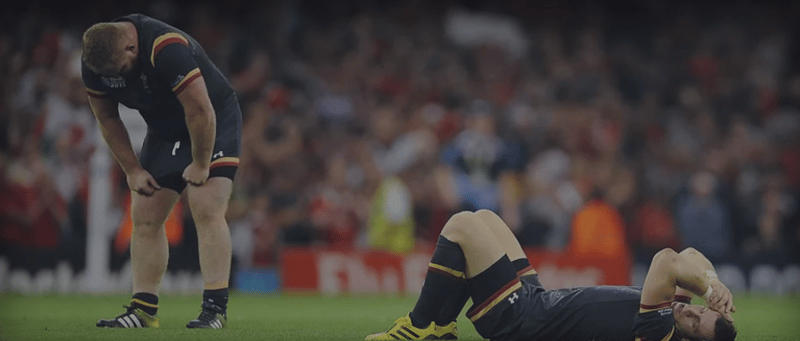
Monitoring Residual 36 h Post-Match Neuromuscular Fatigue in Rugby Union; a role for postural control?
Troester, J. C. & Duffield, R. (2019). Monitoring residual 36-h post-match neuromuscular fatigue in rugby union; a role for postural control?. European Journal of Sports Science, 19(10), 1312-1319. DOI: 10.1080/17461391.2019.1606941.
“Recovery of Postural Control is dependent on the magnitude of match load; and thus alterations in proprioception, sensorimotor control and landing strategy related to residual neuromuscular fatigue may still exist”
Population: Twenty-seven professional rugby union players.
The questions covered:
The present study investigated single-leg balance and landing measures, respectively, at the beginning of a weekly micro-cycle 36 h after a match compared to 48 h rest without any match load.
Twenty-seven professional rugby union players performed balance and landing tests on a 1000 Hz force plate across three in-season micro-cycles either with or without match loads in the prior 36 h. Participants were further sub-divided into higher and lower match load groups to investigate changes in balance and landing variables.
Differences between rested and 36 h post-match single-leg balance sway velocity were trivial in all cases, except for the higher-load group on the dominant leg, which were possibly impaired 36 h post-match (ES ± 90% CL = 0.68 ± 0.66). Differences between rested and 36 h post-match single-leg landing measures of relative impulse on the non-dominant leg were possibly lower (0.36 ± 0.34), with possible impairment observed on both legs in the higher load group 36 h post-match (0.39 ± 0.33; 0.49 ± 0.42). Differences in landing measures of peak force and time to stabilisation were mainly trivial (ES < 0.20).
Postural control measures at 36 h post-match are comparable to a rested state; though impairment of sway velocity on the dominant leg and landing impulse may indicate residual neuromuscular fatigue resulting from increased match exposure.